


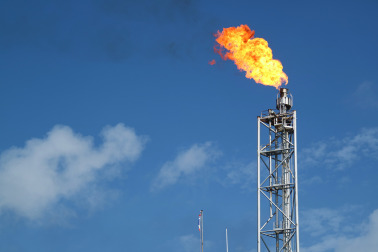
Unassisted Flare
Our non-assisted flares and utility flares are used in applications that don’t require smokeless operation, or where smokeless operation can be achieved without the assistance of external steam, air or pressure. When the gas has good composition such as many light hydrocarbon content and high LHV, the application for this flare type will be the main consideration after conducting the engineering simulation and calculation. It has lower investment cost and maintenance cost than other assisted-flare.
Air Assisted Flares
We offers several air-assisted flares using our advanced designs to promote complete, efficient combustion of heavier waste gases at sites where steam is not available or economical. Air-assisted flares use blowers to inject assist air directly into the waste gas stream as it exits the tip, resulting in smokeless burning and long flare tip life.
Heavy hydrocarbon has great tendency to produce smoke because unburnt hydrocarbon or gas particles. In principle of stoichiometric combustion of relief can be achieved by installing blowers to provide excess air at the flare tip. This excess air is required to create a complete combustion and smokeless flaring.
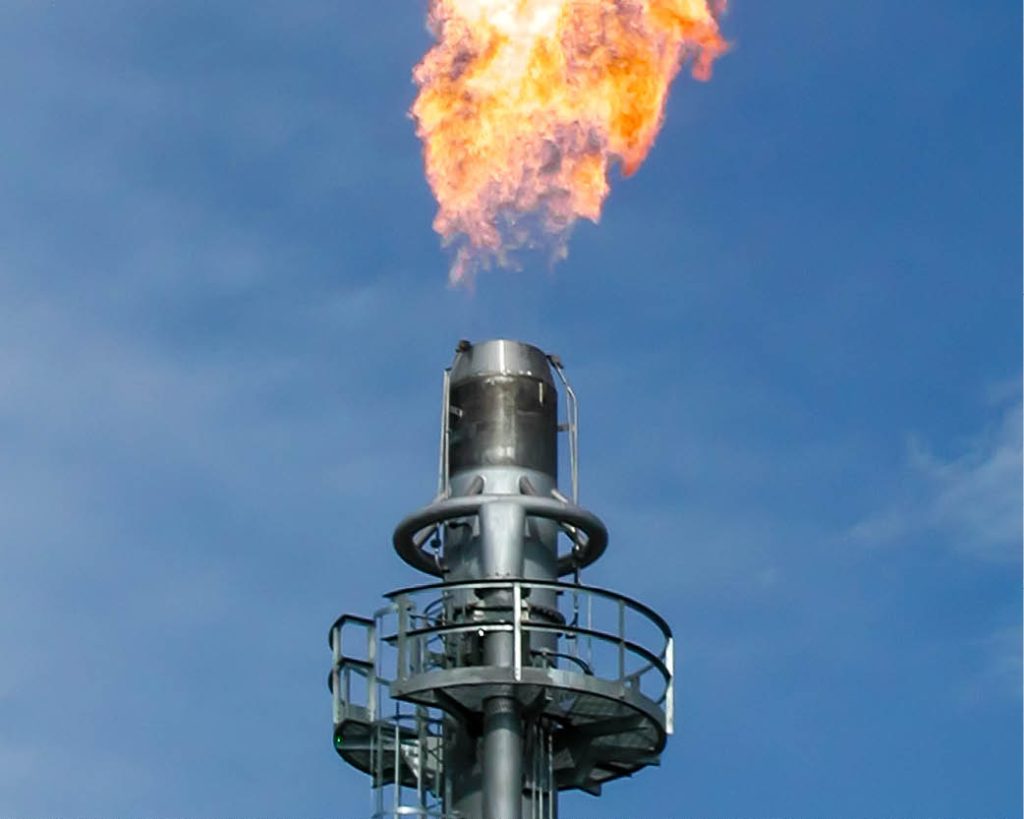
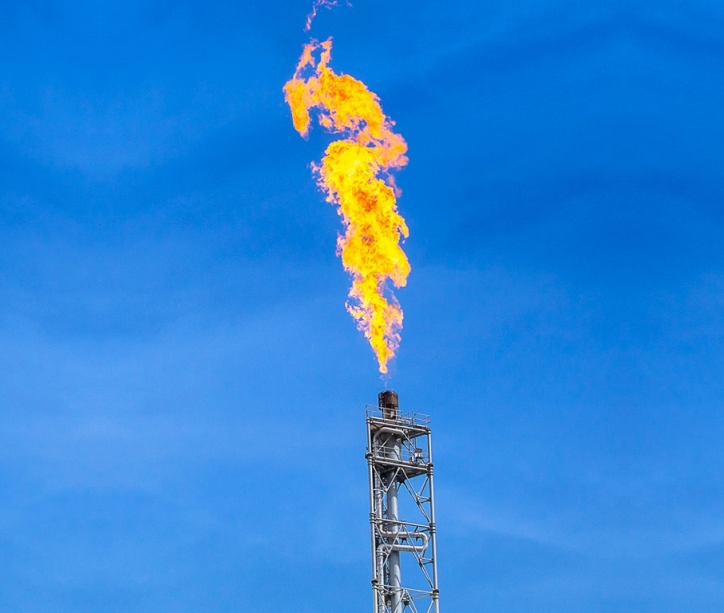
Steam Assisted Flares
Our steam-assisted flares are used in applications where heavier waste gases need to be disposed and high-pressure steam is readily available on site. Our proprietary flare designs offer exceptional smokeless performance, lower radiation levels, and less noise than typical air-assisted flares.
This type of flare utilizes the a steam injection to be mixed with gas at the flare tip in order to reduce smoke emission and radiation levels. Steam in high temperature will convert incomplete gas product such as CO to CO2. For cold countries, steam-assisted type is suitable for freezing protection.
Gas Assisted Flares
We offers both single-point and multi-point gas-assisted flares for smokeless burning of low- pressure, heavy hydrocarbons. Our designs deliver stable burning, high-destruction efficiency and low radiation levels wherever steam or air is unavailable.


Low Btu Flares
Some gases contains composition which has low lower heating value (LHV), affects the gas is difficult to be burnt as minimum lower heating value of gas should be 200 Btu/scf. To increase the LHV, a gas injection into the flame through manifold or jets sprayer is required. For high pressure gas, its kinetic energy can be used to entrain additional air by piping it separately to the flare tip.
Combined HP & LP Flare
In one compact design, two types of gases which are low pressure gas and high pressure gas are burnt in a single flare tip. Designed with integrated turbulence swirl plates, it improves the mixing between high pressure gas and low pressure gas with surrounding air to create a turbulence effect inside the flame. Final goal in this process is complete combustion with smokeless flame.
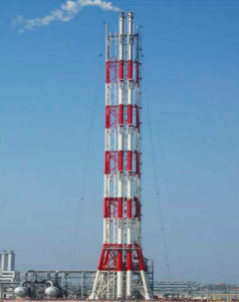
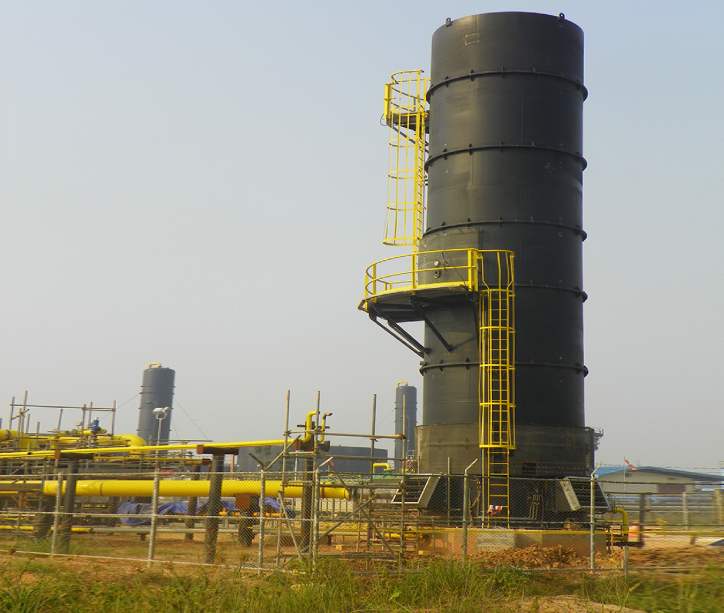
Enclosed Ground Flares
Enclosed ground flare hide its flame inside the enclosed wall which is lined with ceramic fibre refractory to greatly reduce the high temperature burning, noise and luminosity. Very suitable for facility near residential or local environmental regulations do not permit to have a visible flame or when there is no adequate space to install another type of flare.
Offshore Flare
Any type of elevated flare can be applicable for offshore facilities. It considers the material of flare tip from high resistant of sour condition (corrosivity) and weather condition.
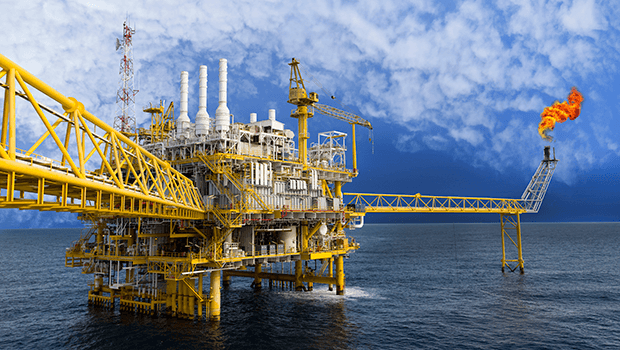

Pit Flare
A pit flare is installed only for onshore application and generally intermittent operation. It is generally used to burn gas with some liquid content.
Portable/Mobile Flares
A portable flare is normally used for temporary flaring, for instance
well test burner. This flare can be mobilized from one area to others. Portable flare is consist of Stack and ignition system that complete with battery and LPG bottles that mounted on a trailer. This stack can be self-supporting or guyed wire.


Cold Venting System
The waste gas is only vented without flaring. Some safety devices accessories are usually included for vent system such as Flame arrestor, CO2 Snuffing system and spray system with deluge valve.
Bio - Medical Waste Incinerator / Hazardous Waste Incinerator
Medical Waste / Hazardous Waste incinerators are designed safely to dispose of harmful materials at high temperatures. The process ensures no harmful gases are released into the environment. Medical waste incinerators have scrubbers to clean the polluted gases and other particulate matter. Provided with two separate High-pressure burners for primary and secondary chambers for achieving temperatures of 800±500C and 1050±500C respectively to ensure complete combustion to achieve the emissions norms as per CPCB.
Capacity : 25 to 300 Kg/hr
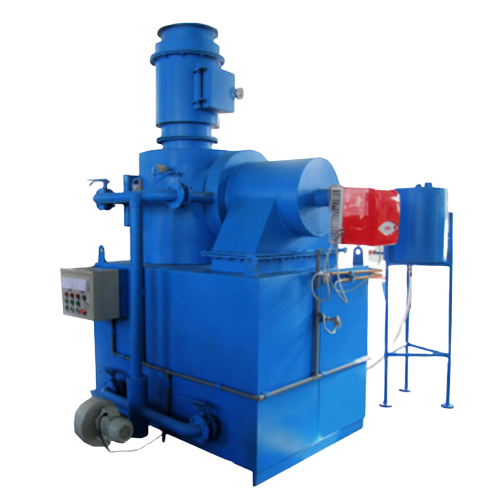
Value Added Services
Spectrum of industrial segments we serve
Oil & Gas: Methane , Ethane, Propene, Xylene and all types of hydrocarbon flaring
Chemical / Petrochemical / Fertilizer: Ethelene, Propylene, Ammonia, Acid gas, Biogas flaring etc
Steel: CO and BF gas flaring
